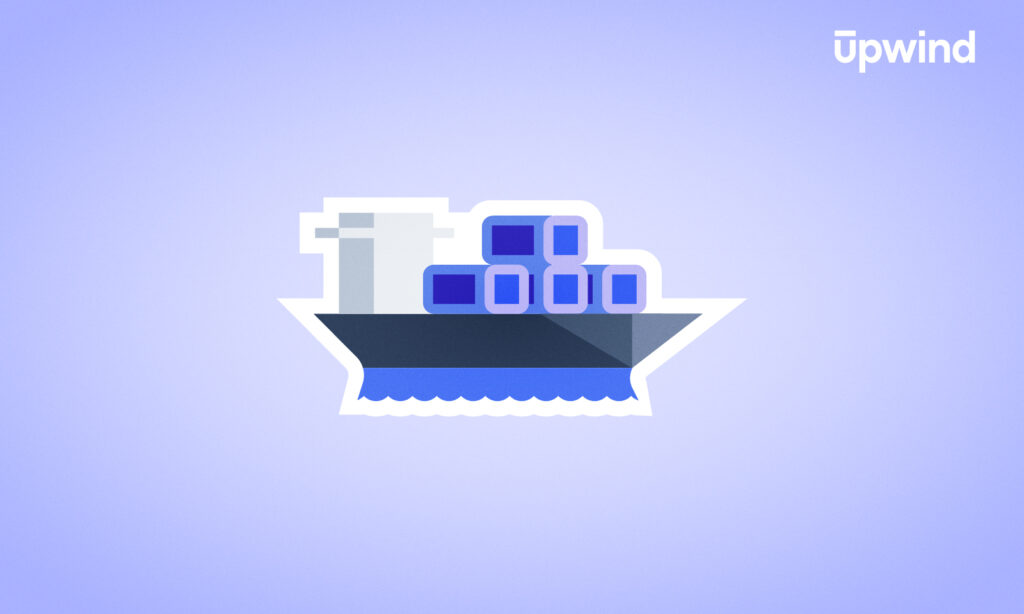
Cloud infrastructure entitlement management (CIEM) is essential for organizations to manage and secure access to the rapidly increasing number of human and machine identities in cloud environments. However, managing identities presents multiple challenges, from thorough auditing and generating compliance reports to proactively identifying and mitigating risks associated with “high-privileged” identities.
In this article, we will define CIEM and drill down on its benefits and how it can work efficiently within an ecosystem of cloud security tools.
What is CIEM?
Cloud infrastructure entitlement management (CIEM) is a software category that manages identities and permissions across a multi-cloud environment. Key functions include least-privilege access policies and rightsizing access entitlements to reduce over-privileged accounts. CIEM also provides visibility into cloud entitlements and risks, simplifies the detection and remediation of misconfigured permissions, and targets cloud identity and access management (IAM) challenges in cloud environments.
CIEM solutions usually also offer features that enhance cloud security posture, such as monitoring user and service account activities and automated risk assessment based on access patterns. Typical CIEM tools integrate with existing security tools in the security stack, like security information and event management (SIEM) systems, and leverage technologies like machine learning to detect anomalies and potential threats, such as a sudden change in permission usage or excessive permissions.
CIEM tools allow organizations to reduce their attack surface and streamline their manual processes with automation around access management processes. Ultimately, they enable organizations to balance security and operational efficiency, supporting digital transformation initiatives while protecting cloud-based resources and data.
Cloud Infrastructure Entitlement Management with Upwind
Discover human and machine identities, find overly-permissive roles, and ensure least privilege across the cloud ecosystem. With a single view and the power of machine learning, remediation can be automatic.
Benefits of CIEM
According to Gartner, identity security issues are particularly challenging in IaaS environments, where an increase in non-human identities has led to 10 times the number of non-human identities compared to human ones. This increase in the sheer number of identities also represents an increase in identity-related security risks – a challenge many organizations are already facing.
Ninety percent of organizations experienced an identity-related breach in the past year.
To counter this heightened risk, organizations are devoting more resources to reducing credential misuse and identifying authentication weaknesses – often with the help of CIEM solutions. Below, we will dive into some key benefits of using a CIEM platform to protect human and non-human identities.
Enhanced Visibility and Audit Readiness
CIEM provides a continuous view of identity entitlements across multi-cloud environments. This capability enables organizations to maintain strict control of their identities and analyze access patterns, detect anomalies, and ensure compliance with regulatory standards.
Key technical aspects include:
- Cross-cloud entitlement correlation
- Anomaly detection for privileged access
- Automated checks for compliance using industry-specific frameworks
- Comprehensive audit trails
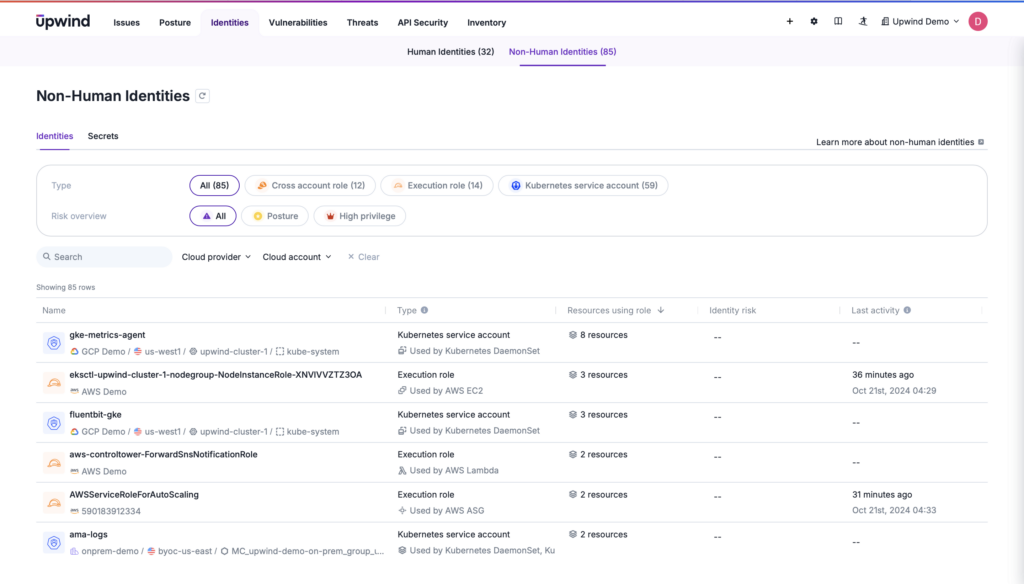
Improved Security Posture
CIEM solutions enhance security posture by enforcing the principle of least privilege across clouds. By continuously analyzing and adjusting entitlements, these tools ensure that identities — both human and non-human — have only the permissions necessary for their roles, dramatically reducing the attack surface.
Their dynamic approach includes:
- The ability to automatically discover and classify all identities and their associated permissions
- Assessment of permission combinations and usage patterns
- Intelligent permission reduction based on actual access needs and behaviors
- Remediation of issues like over-privileged accounts
- Continuous validation of access against existing security policies or compliance requirements
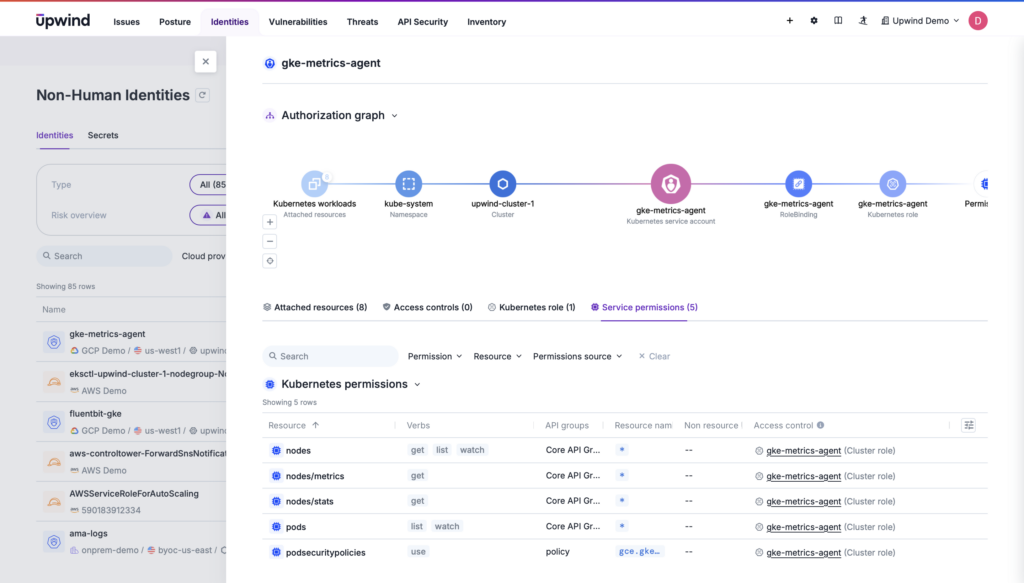
Centralized Policy Enforcement
CIEM’s unified approach to managing access controls allows organizations to define, implement, and maintain consistent security policies across all cloud environments, including AWS, Azure, or Google Cloud.
Effective cloud policy management involves several key capabilities, including:
- Automatic translation of high-level security policies to platform-specific configurations
- Version control and change management for policy updates
- Role-based access control (RBAC) for managing policies
- Integration with identity governance and administration (IGA) for holistic policy oversight
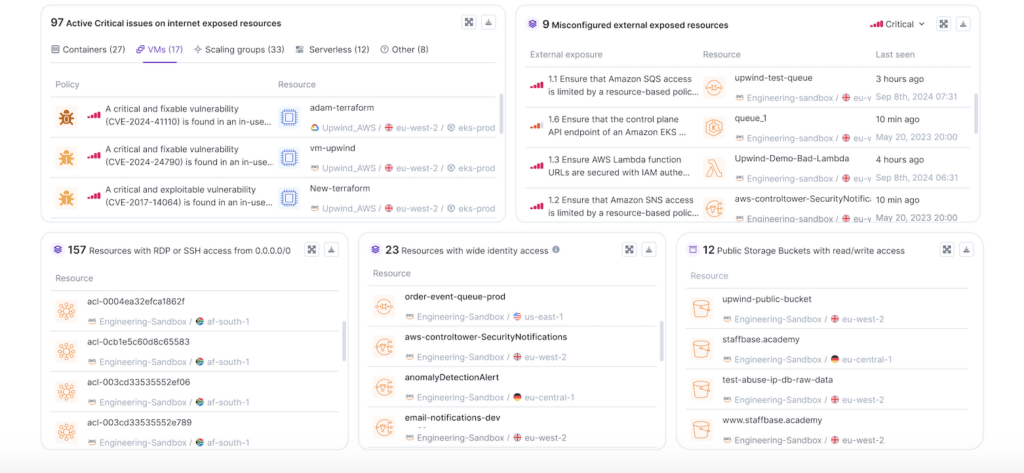
Operational Efficiency
As cloud environments become increasingly complex, CIEM solutions help maintain efficiency by reducing the burden of managing cloud access across multiple platforms. They also automate provisioning, de-provisioning, and auditing access rights, allowing security teams to focus on higher-level strategic initiatives. By streamlining this process, CIEM tools minimize the risk of human error but also ensure access controls are applied in real time.
Key features that contribute to efficiency include:
- Automated provisioning and de-provisioning of user access to cloud resources
- Predefined templates for role-based access to ensure consistency and compliance
- Real-time alerts and monitoring for suspicious access patterns
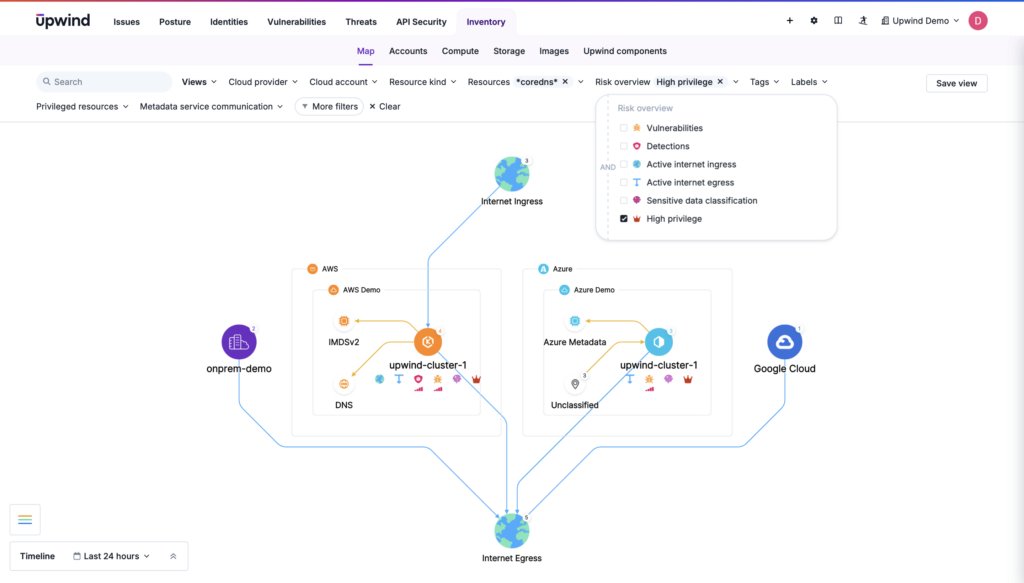
Faster Incident Response
By providing real-time visibility into access patterns, CIEM enables security teams to identify abnormal behaviors, misconfigurations, or potential breaches quickly. Integration with other security tools streamlines the process of correlating access data with broader security events so teams can respond faster and more precisely.
This proactive approach reduces the attack surface and minimizes response time, ensuring incidents are addressed before they can escalate.
CIEM solutions lead to a more resilient overall cloud security with key features like:
- Real-time monitoring of cloud access activities and anomalies
- Automated alerting for suspicious access patterns or policy violations
- Integration with other security platforms
- Automated remediation workflows for access violations or incidents
- Detailed audit trails for forensic analysis
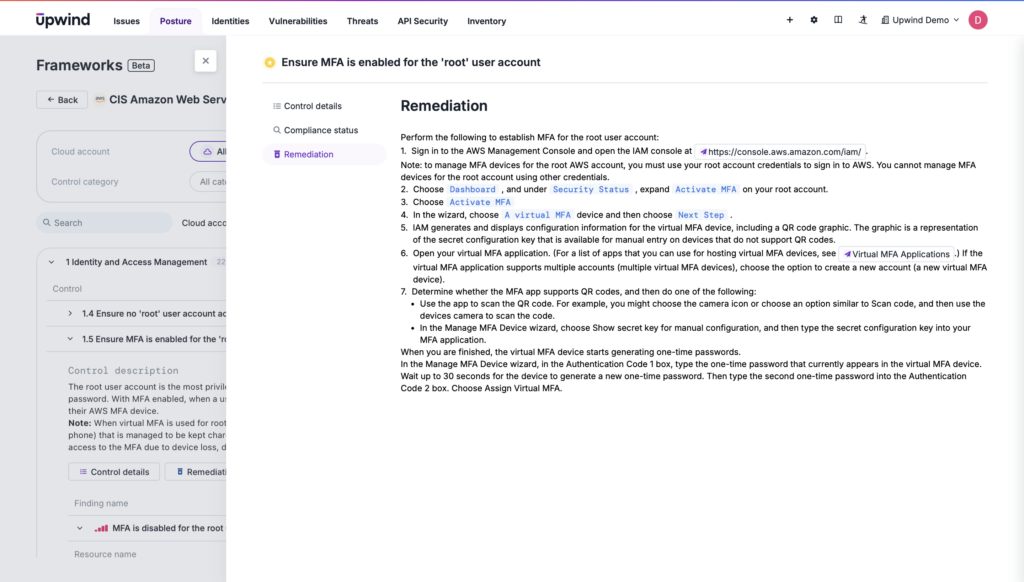
CIEM Challenges
While CIEM solutions have helped organizations manage identities in a multi-cloud environment, there are still numerous challenges to secure cloud identities.
First, CIEM solutions often require extensive manual effort to configure, especially with different cloud providers’ varying security models. This challenge is particularly evident when integrating into environments with different IAM policies.
Automating least-access privilege is another benefit that becomes more complex in real-world situations. Setting up automation rules, particularly in a multi-cloud environment, can require extensive fine-tuning. Users may find themselves locked out, and it can be complicated to balance uninterrupted workflow with tightening security needs.
CIEM vs CNAPP
Modern organizations are increasingly looking for comprehensive solutions like cloud-native application protection platforms (CNAPPs), which unify these capabilities, along with workload protection, cloud security posture management, and threat detection, into a single platform that reduces cloud security complexity.
Here are the differentiating factors of common identity security tools:
| CIEM | SIEM | IAM | CNAPP | |
| Focus | Cloud access entitlements | Correlating security events across infrastructure | User identity and access control (cloud and on-prem) | Unified cloud security (posture, workload, entitlements, threat detection) |
| Key Capability | Controls access rights | Real-time monitoring and threat detection | Defines and enforces user roles and permissions | Combines access management with threat detection and posture management |
| Data Offered to Teams | User access and entitlements (identifies issues like overly permissive access, orphaned accounts, misconfigured roles) | Logs and alerts from systems, devices, networks, and application sources, including traffic and policy violations, API calls, and endpoint use | User credentials, access logs, permission details (details about where and when users access resources, what actions they performed, and what permissions they have) | Configurations, workload data, access entitlements, threats |
CIEM focuses on rightsizing cloud permissions by managing granular access to entitlements and ensuring users have the appropriate level of access while identifying risks like overly permissive access or misconfigured roles. SIEM provides real-time monitoring by correlating logs and alerts, delivering insight into security events across infrastructure. IAM handles privileged access management by defining and enforcing user roles.
All manage security and identity in some way, but CNAPP brings them together, combining access management with workload and posture security.
Upwind Streamlines Identity Management
Standalone CIEM is becoming less effective in today’s environment of multiple cloud services and providers. While it focuses on managing permissions and access entitlements, comprehensive security requires a more integrated approach.
With Upwind’s unified CNAPP, organizations get full visibility across multi-cloud identities and permissions. This adds the benefit of identity context integrated into a larger security solution, automatically correlating identity findings with posture, risk management, and proactive threat detections to prioritize identity findings as a part of a larger cloud security strategy.
Book a demo today to see how CIEM benefits fit within Upwind’s comprehensive CNAPP.
FAQ
Can CIEM effectively manage the explosion of machine identities in our environment?
Yes, CIEM manages the explosion of non-human identities in the cloud environment, including service accounts, APIs, and containers that proliferate in cloud computing. It does so by continually enforcing least-privilege access policies and rightsizing their permissions across clouds.
Further, it uses cybersecurity technologies like machine learning to detect anomalies in the behavior of these identities, flagging unusual access patterns.
Can CIEM integrate with current security tools without adding complexity?
In an era of tool consolidation, it is difficult to integrate another solution into an existing ecosystem and workflow. CIEM tools are often designed to integrate with SIEM, IAM, cloud workload protection platforms (CWPP), and related tools. They can deliver entitlement data to these systems for enhanced visibility without completely overhauling your existing infrastructure.
However, CIEM isn’t always a simple add-on. Teams must take the time to learn their platforms, configure them, test their customizations, and get used to accessing a new tool. Manual interventions are common.
The complexity of working across tools has led to greater adoption of comprehensive CNAPP solutions to simplify cloud-native security.
Does CIEM reduce privilege escalation attacks?
Yes, CIEM reduces privilege escalation attacks by:
- Rightsizing permissions
- Detecting anomalies
- Automating detection
Of organizations reporting breaches, 83% report a breach related to access, making access security a significant component of overall cloud security.
How does CIEM relate to a multi-cloud strategy?
Multi-cloud is here to stay, giving companies the flexibility to pick and choose from cloud providers the types of data they store or workloads they run across services. However, seeing access permissions in third-party services is a challenge. And it’s even more difficult to correlate entitlements across clouds.
CIEM rises to this challenge, managing misconfigurations and over-privileged accounts across cloud accounts that could lead to breaches. It helps optimize access security while allowing organizations to keep doing work across clouds.
What is the difference between CIEM and SIEM?
While CIEM and SIEM are both crucial in securing cloud environments, they address different aspects of cloud security. CIEM focuses on cloud access entitlements to prevent unauthorized access, while SIEM correlates security events and provides broader visibility across an organization’s entire infrastructure.
SIEM can help secure both cloud and on-premises infrastructure. It provides real-time monitoring, threat detection, and incident response by correlating logs and alerts from multiple sources. That centralized view allows organizations a greater understanding of security events but not their configurations, workloads, or entitlements.
While some modern SIEM tools do detect entitlements and misconfigurations, they do so with less focus than CIEM-specific tools.



